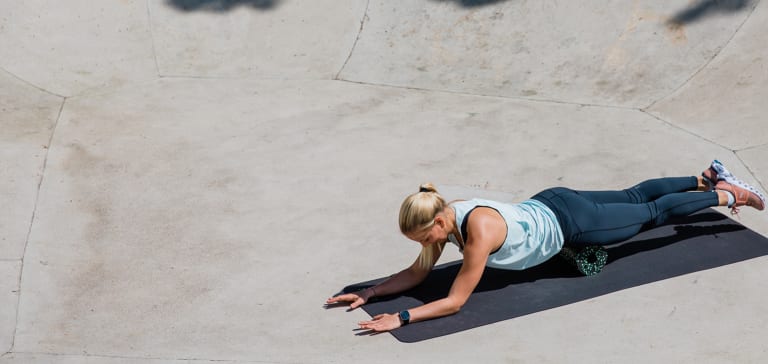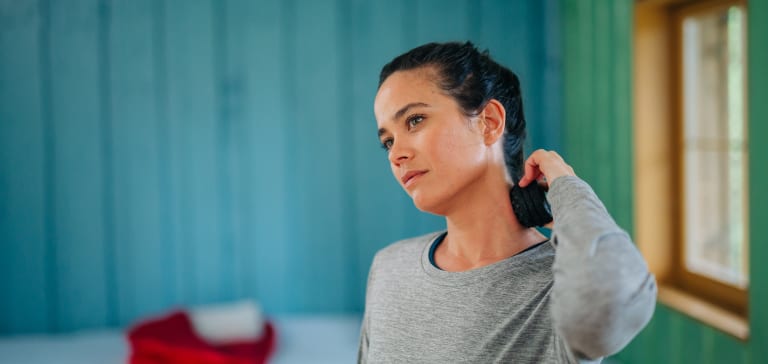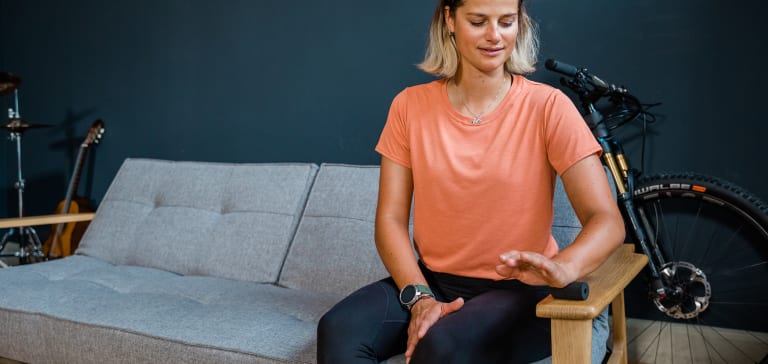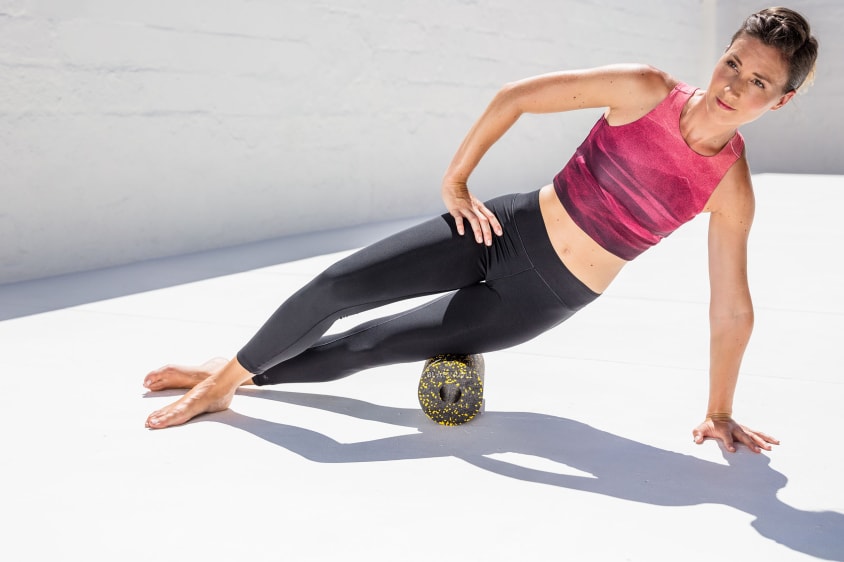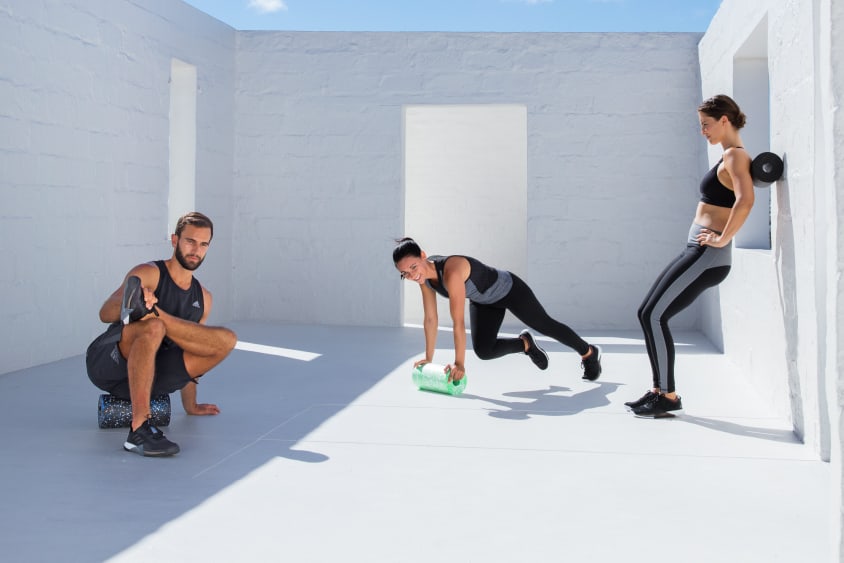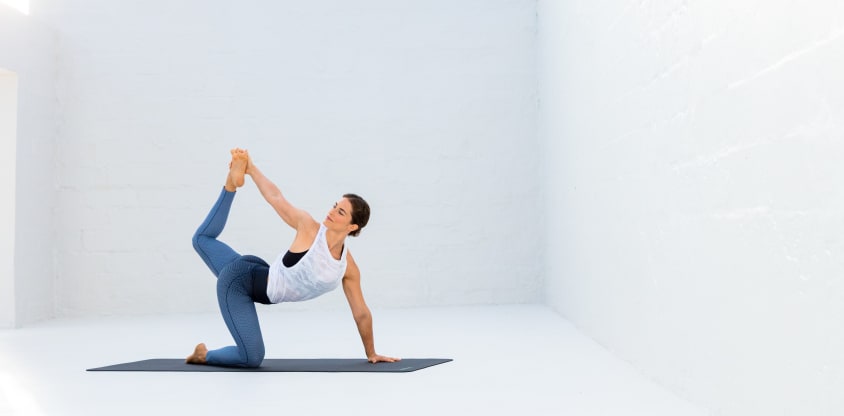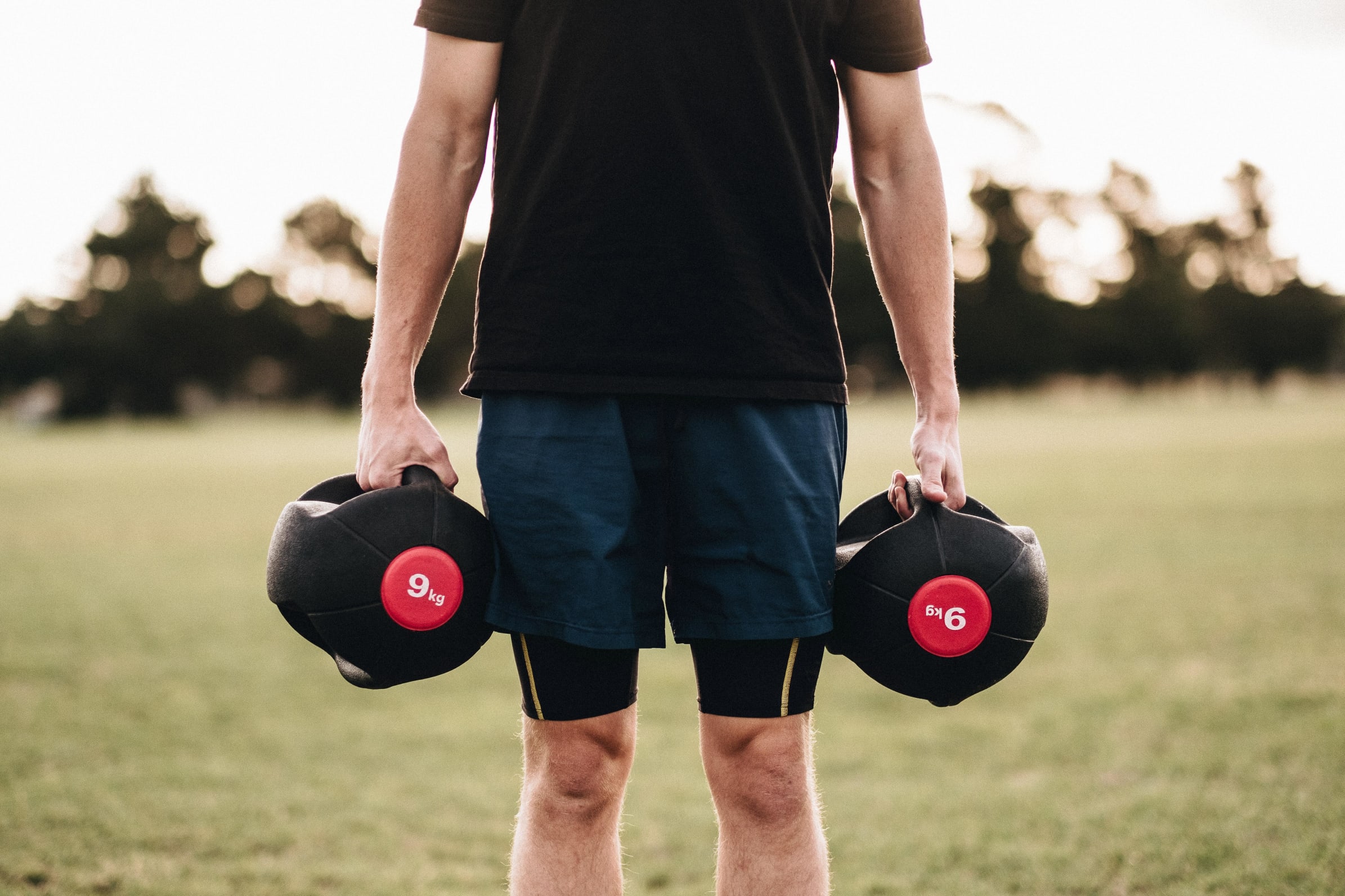
Muscle soreness

Facts, prevention and regeneration
Do you love to push yourself, during a hard interval session for example - one sprint after the other - and don't care that your muscles feel stiffer afterwards? Uh oh, that can be really painful the following day. Severe muscle ache can even make walking down the stairs feel really painful in the thighs and along the entire front side. If, at this point, you're thinking "great, that's just supercompensation and stamina training", that's unfortunately not the case. There are several myths when it comes to muscle soreness, although many of them are being debunked thanks to specific sports science research.
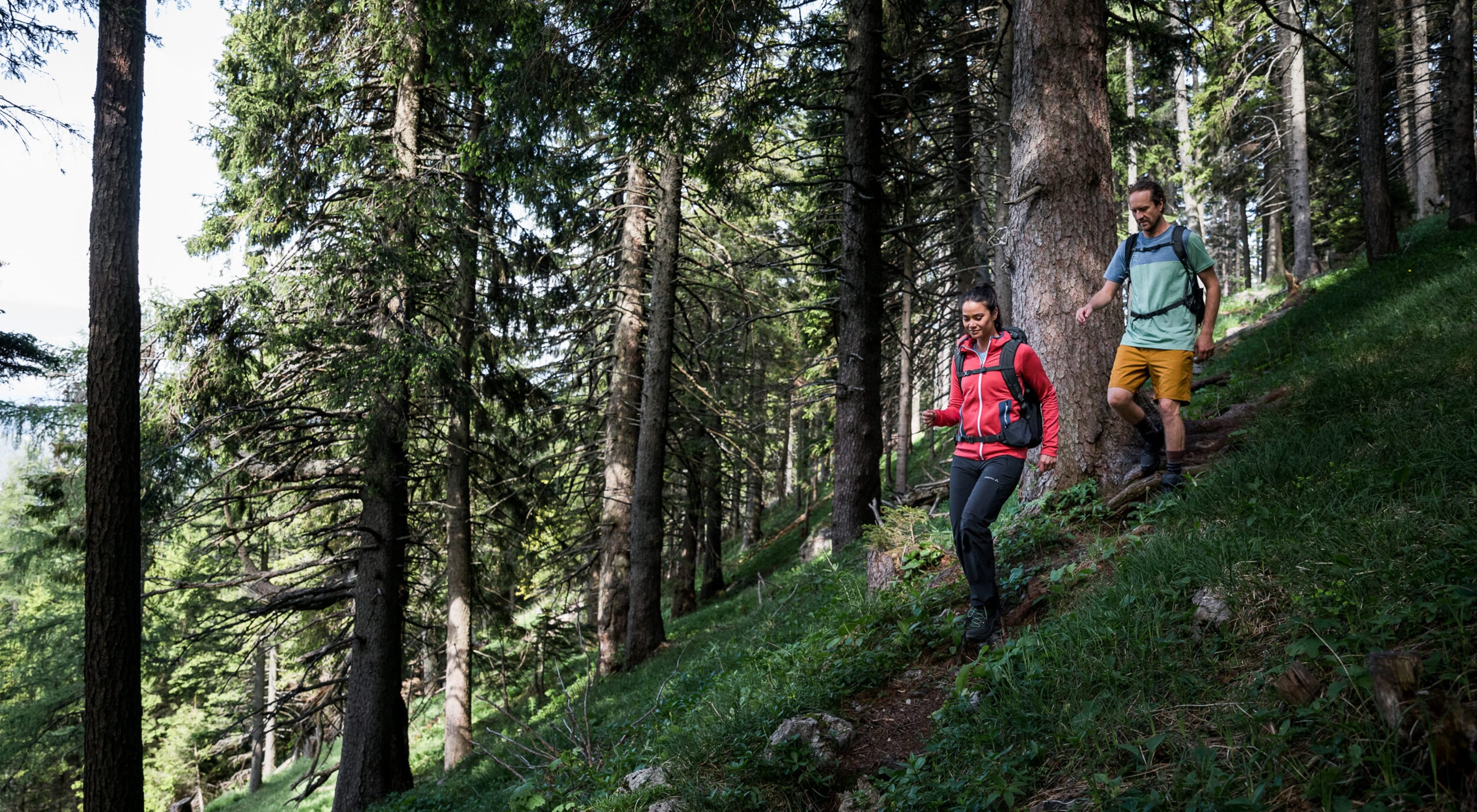
Facts about muscle soreness
- Muscle soreness is a delayed aching that happens after a particularly intensive workout, a session involving unfamiliar exercises or even a leisure activity that's new to you and your body's 650 muscles.
- Muscle soreness is particularly common after eccentric exercise such as stopping movements when running down mountains, downhill hiking or strength training, whereby you don't let gravity do the work but consciously and slowly descend instead.
- Previous hypotheses that muscle soreness is a result of excess lactate and hyperacidity in the muscles has been scientifically disproven.
- Recent studies point more towards micro-fissures in the fascial muscle cells that cause the nasty feeling of muscle ache.
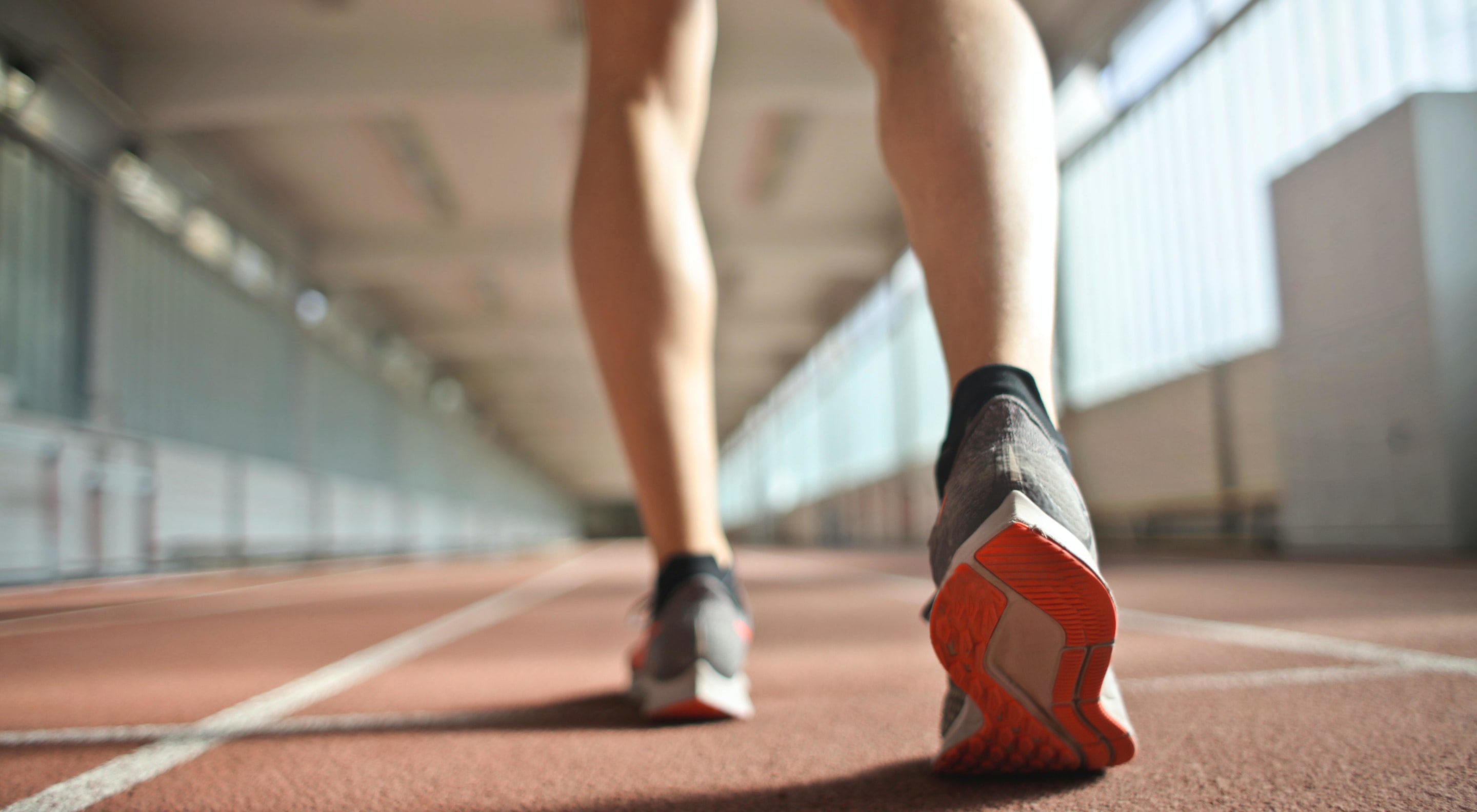
Are sore muscles a good thing?

Are sore muscles a good thing?
"Muscle soreness means that you've overexerted yourself."
This is evident for sports doctor Dr Lutz Graumann. The microtrauma can then lead to more serious injuries. But that's only the case if you ignore muscle soreness as a warning sign. In short: muscle soreness typically occurs the first time you overexert yourself. If you then supersede your body's alarm signals for longer periods of time, you're at risk of overtraining, which is never a good thing. This leads to chronic overexertion which includes multiple symptoms.
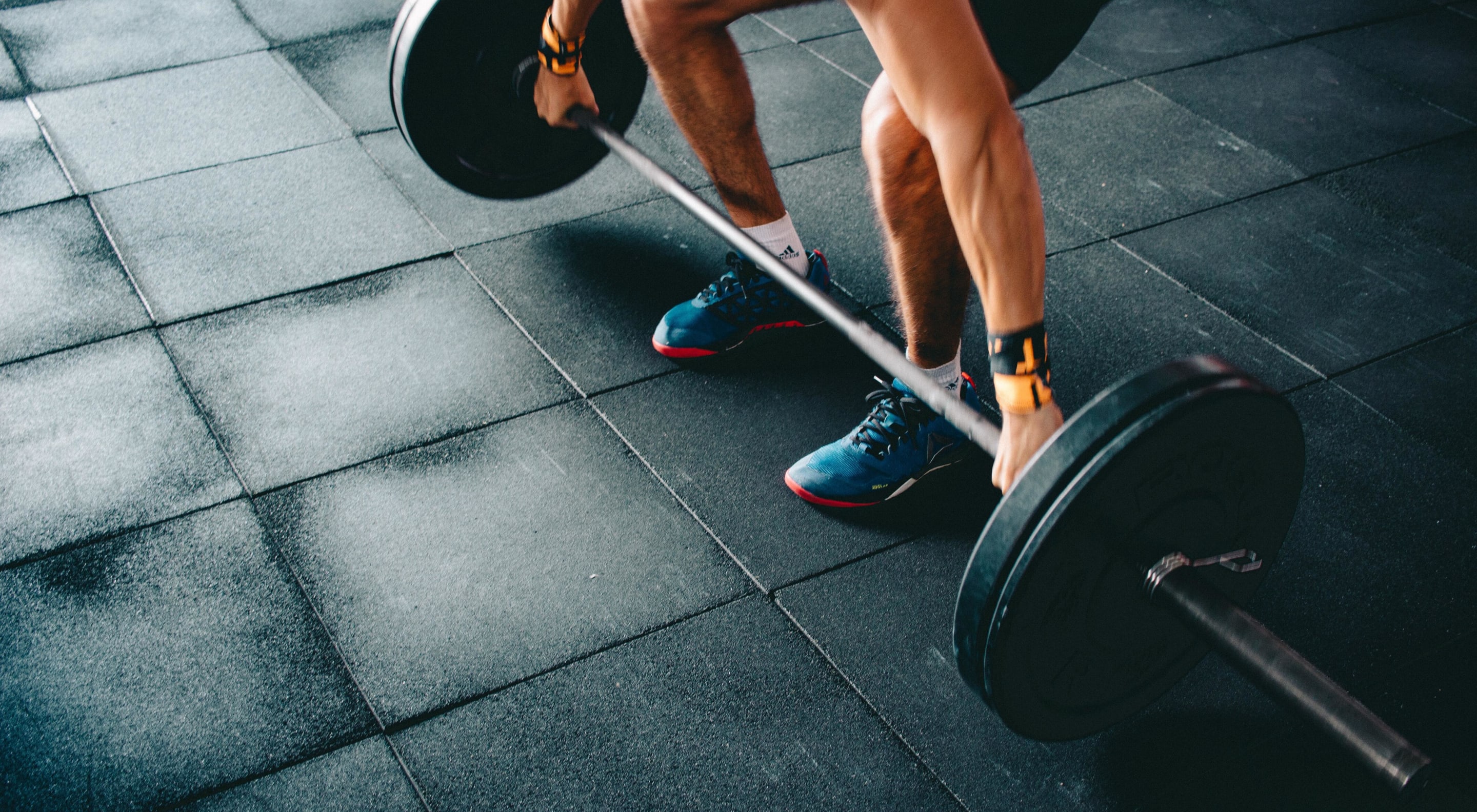
Training with sore muscles - yes or no?
Scientists now know that muscle soreness is not necessary to improve physical fitness and performance. This means that people who don't develop muscle soreness shouldn't make the mistake of thinking that they haven't trained hard enough. Your muscles receive the signal to improve performance even without (severe) muscle soreness, which can even slow down your rate of improvement due to the microlesions in the muscle fibres. Your performance will suffer if you're unable to complete your planned workout or continue training through the pain and end up pulling or tearing a muscle, requiring a longer period of rest.
This typically disappears after 2 to 5 days depending on the severity of the pain,
however that doesn't mean that you should just lie on the sofa. Training despite muscle soreness: if your quads are aching after an intense run, you can still exercise despite muscle soreness - simply work on your biceps or glutes instead. In rare cases, all of the major muscle groups can be affected at the same time. It can help to imagine a scale of 1 to 10 to assess your level of pain. Consider 1 to 4 as in the green zone whereby you can continue training; however you should pay more attention to looking after your muscles (see measures). 5 and above requires more regeneration.
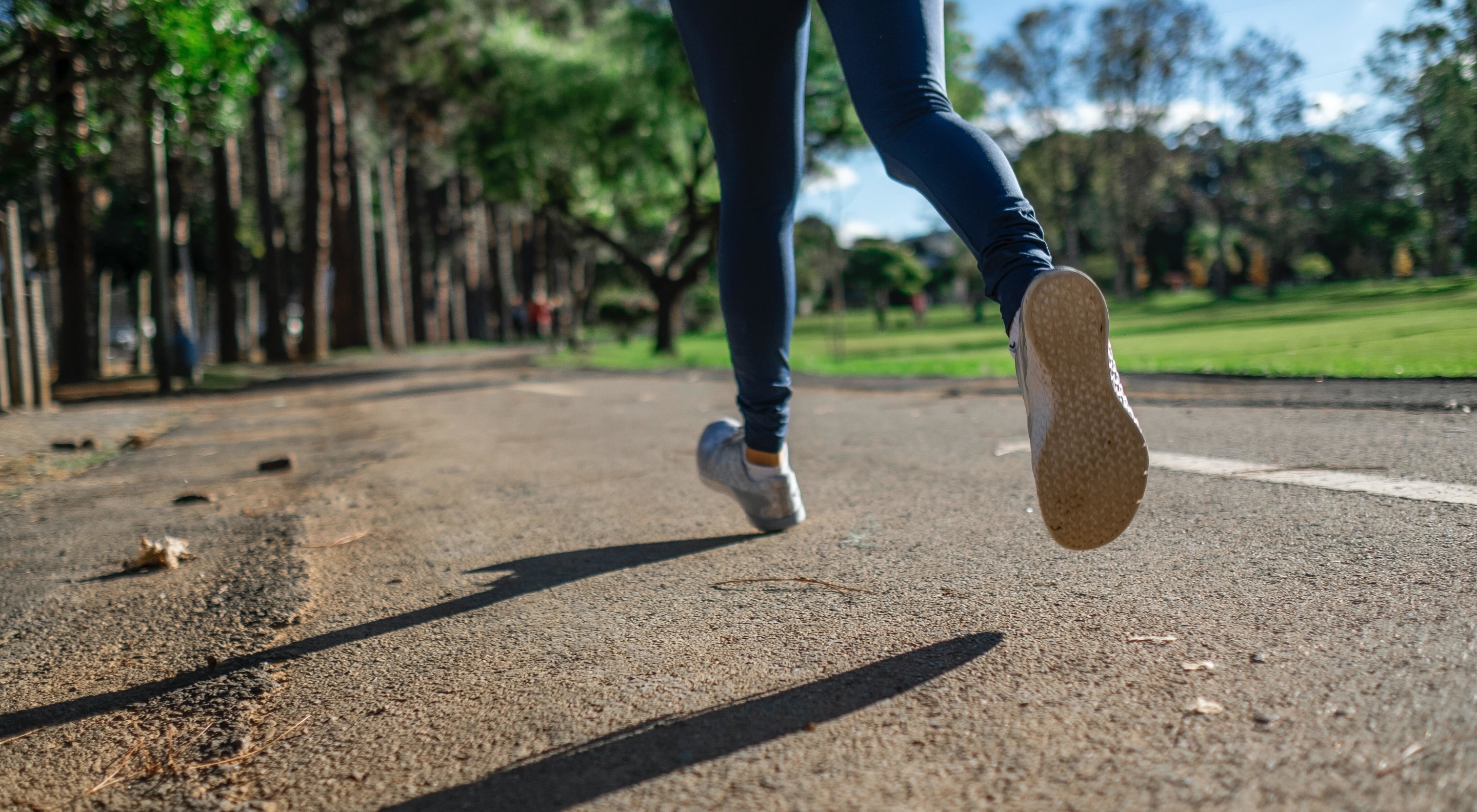
Jogging with sore muscles?
As you've probably already noticed, muscle soreness isn't a black and white topic with a clear yes or no answer. It's very much a grey area and depends on how well you're able to assess yourself. If you're a novice runner then jogging is likely to be a strenuous journey. However, if your level of fitness is normal to good then a light jog can be beneficial for you. By this we mean a regenerative jog, at a warm-up or cool-down pace, whereby you can still easily hold a conversation. Gentle endurance activity promotes blood circulation and faster removal of inflammatory substances in the lymph vessels. However, if your muscles are aching from a strenuous jog, it's best to opt for your bike and ride at a low resistance with more revolutions on a flat route. This particularly applies if you're not sure whether you're ready to go jogging yet.
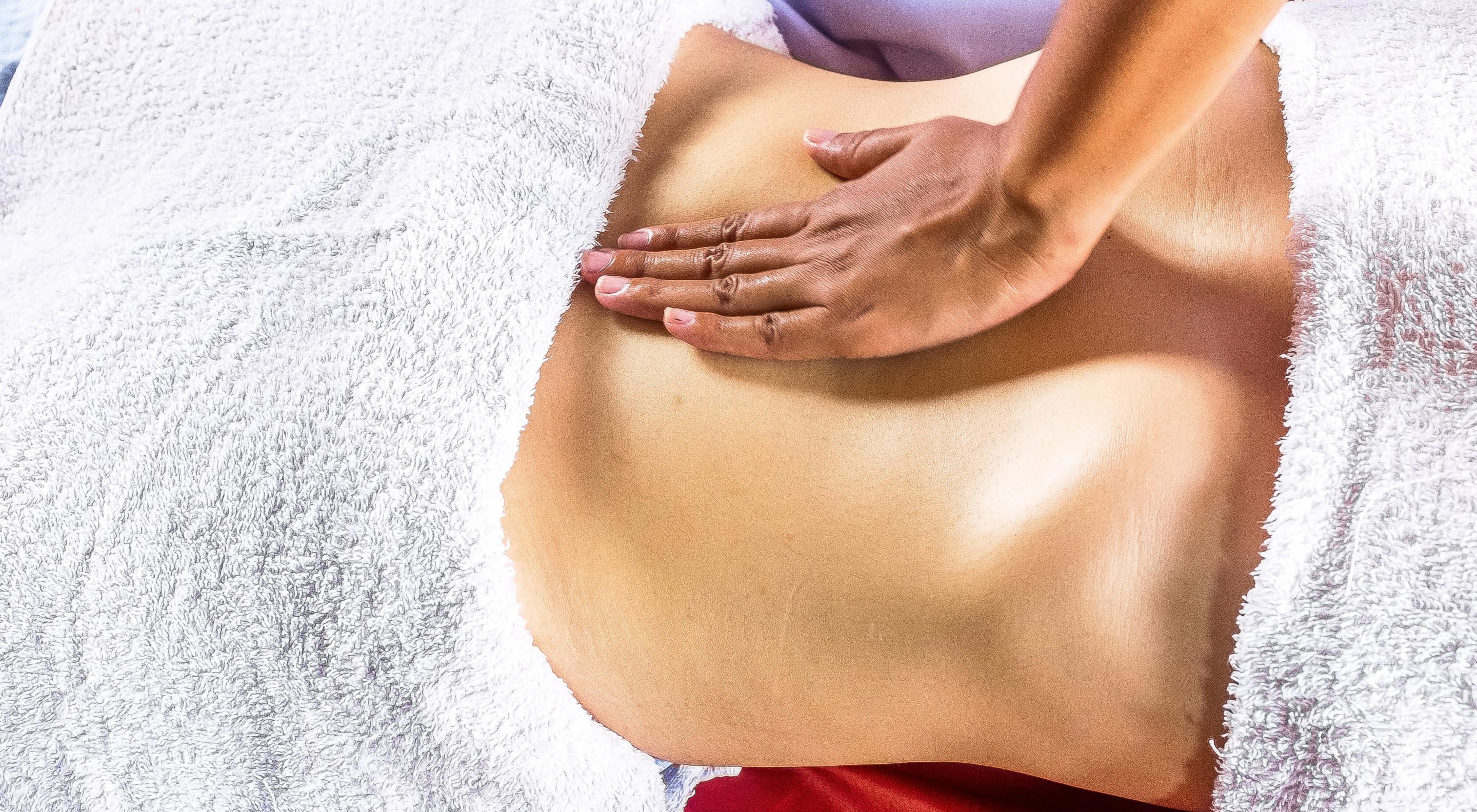
Muscle soreness after a massage
After a massage, pain can occur that feels similar to muscle soreness. This is due to chemical reactions in the muscles which take place due to the mechanical stress of the hands-on treatment. This can also cause microlesions. However, massages are also an effective remedy as they stimulate blood flow and gently release tension knots. The feeling of muscle soreness usually disappears quickly.
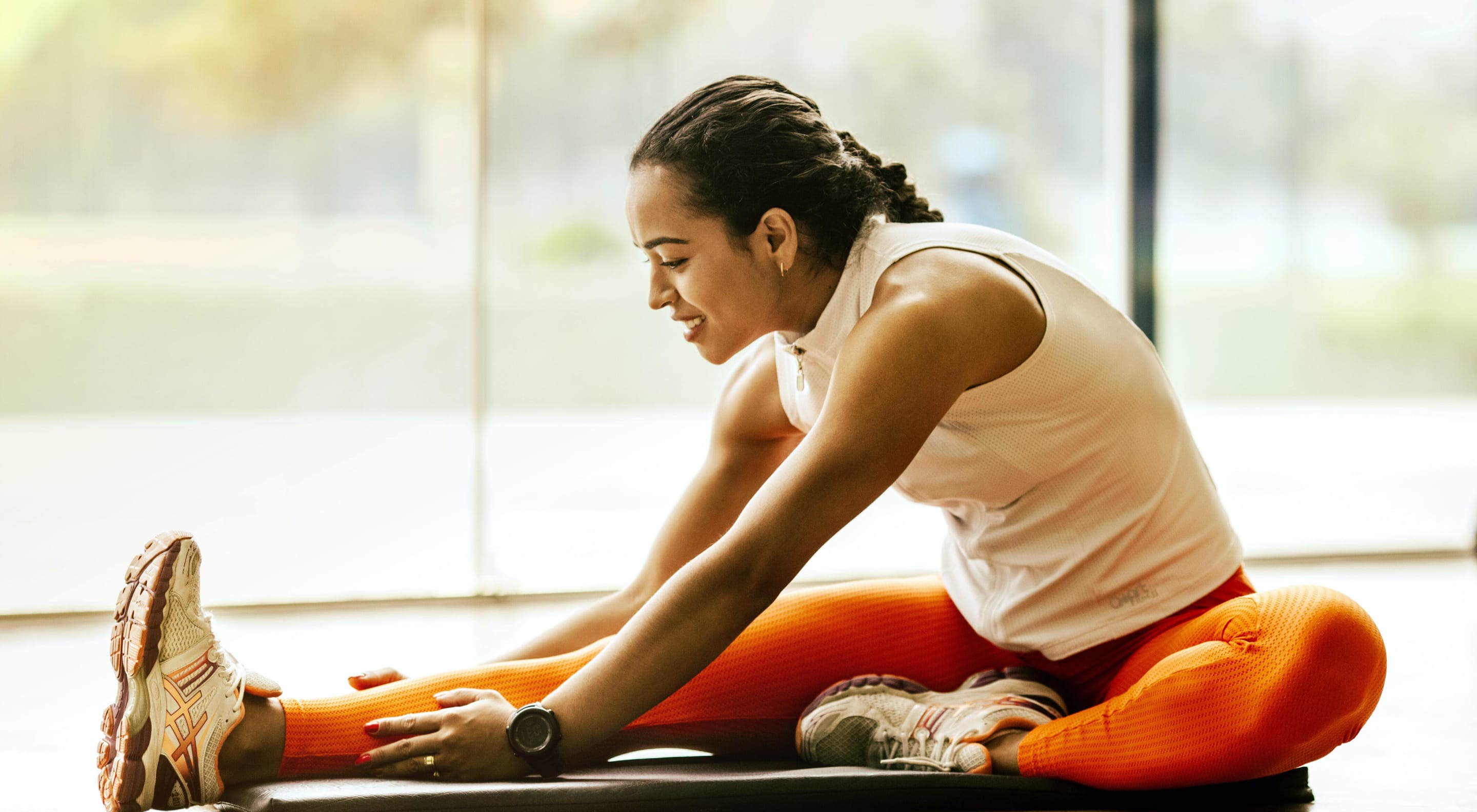
What helps prevent muscle soreness?
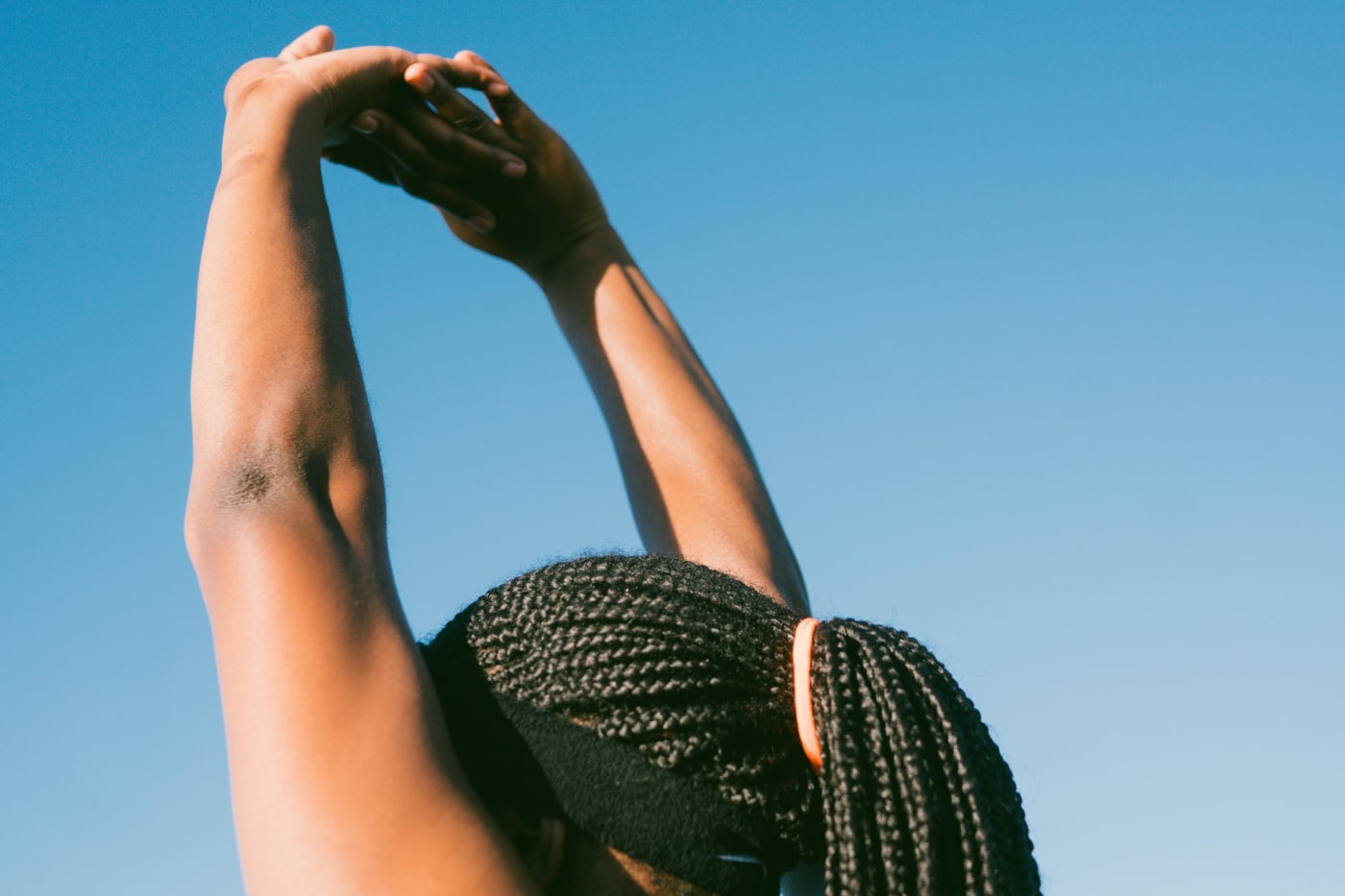
Does stretching help prevent muscle soreness?
Do you find that your muscles often feel sore when stretching, such as when opening your shoulders after bench pressing? This is because the microtrauma usually occurs in the Z discs, the discs between the fine muscles. Stretching is therefore counterproductive in the case of acute muscle soreness as you can even make the small fascia tears worse with the stretching movements.
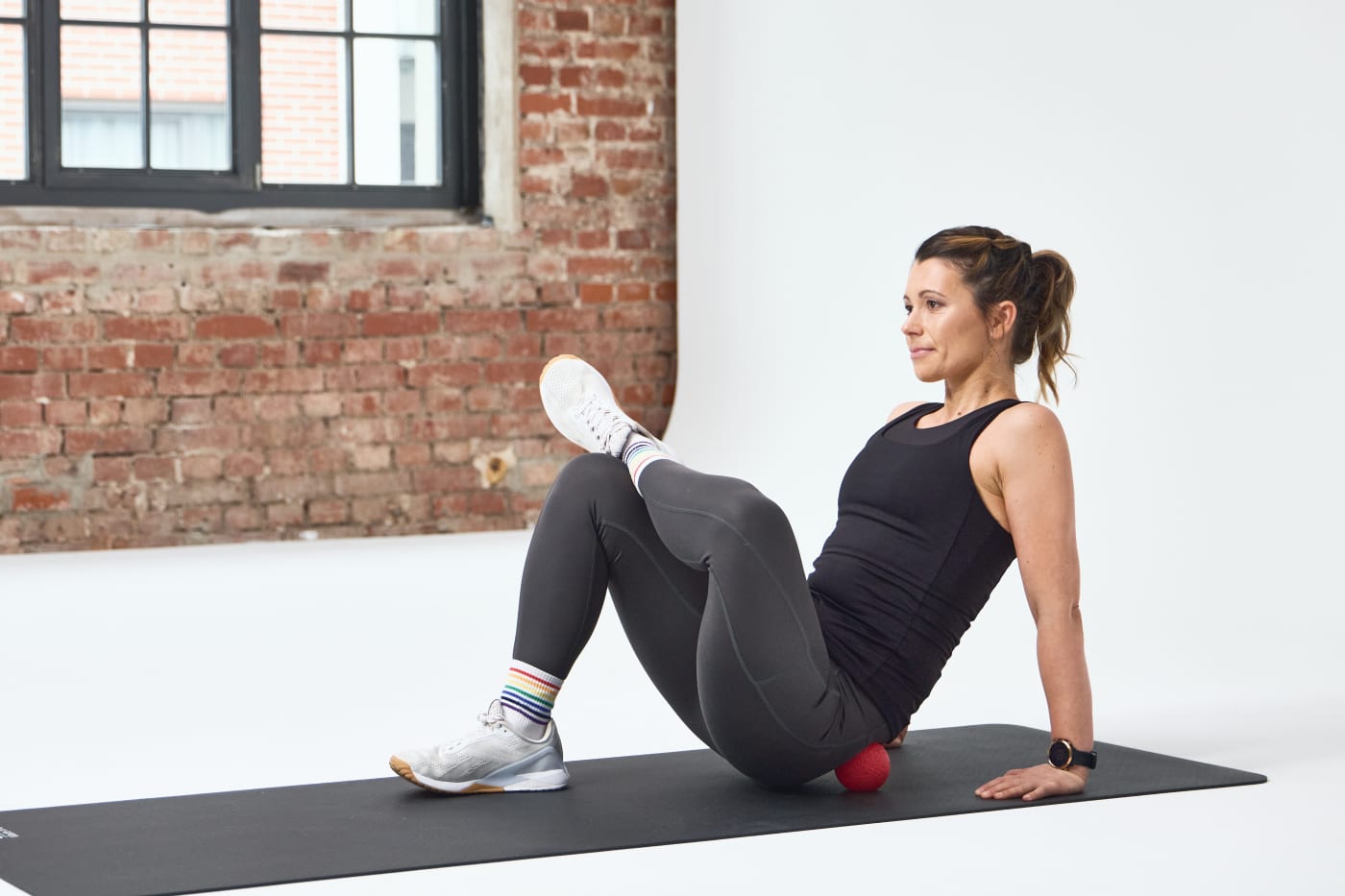
Does BLACKROLL® help with muscle soreness?
Recent scientific studies show that foam rollers can help ease sore muscles. Foam rollers promote blood circulation and the removal of inflammatory tissue particles while stimulating the fascial tissue, the surrounding skin and deeper layers of muscle. It's therefore good to use the foam roller on all the affected muscles after a strenuous workout for long-term regeneration. Various evidence-based studies show that this helps to effectively reduce muscle soreness. Foam rolling is therefore a good way of preventing muscle ache. It's even more effective than a massage following a strenuous walk or after trying a new type of leisure activity.
Tip
When rolling after exercise, it's best to roll slowly over the muscle groups, find the areas that are painful, hold there for a bit, breathe deeply and, once the pressure subsides, continue rolling centimetre by centimetre. If you find any tough areas while rolling, you can treat them more specifically using the BALL 08 or DUOBALL. If this glued tissue is situated in deeper spots or is difficult to access using the roller, you can also use the TRIGGER TOOLS. Anyone wanting to add even more intensity can also use the Booster, a foam roller with a vibrating core, which will significantly lessen any pain.
Less is more
Manage the intensity yourself based on your pain tolerance. Using a scale of 1 to 10 (0 = no pain, 10 = crippling pain), you should never exceed level 7 during treatment.

Hilft Wärme bei Muskelkater?
Ideally, you should relax in a hot bath somewhere between 5 and 20 minutes. The improved circulation helps accelerate the repair process. Bath essence with essential oils such as spruce needles or rosemary are a good home remedy for muscle soreness as they additionally increase blood circulation.
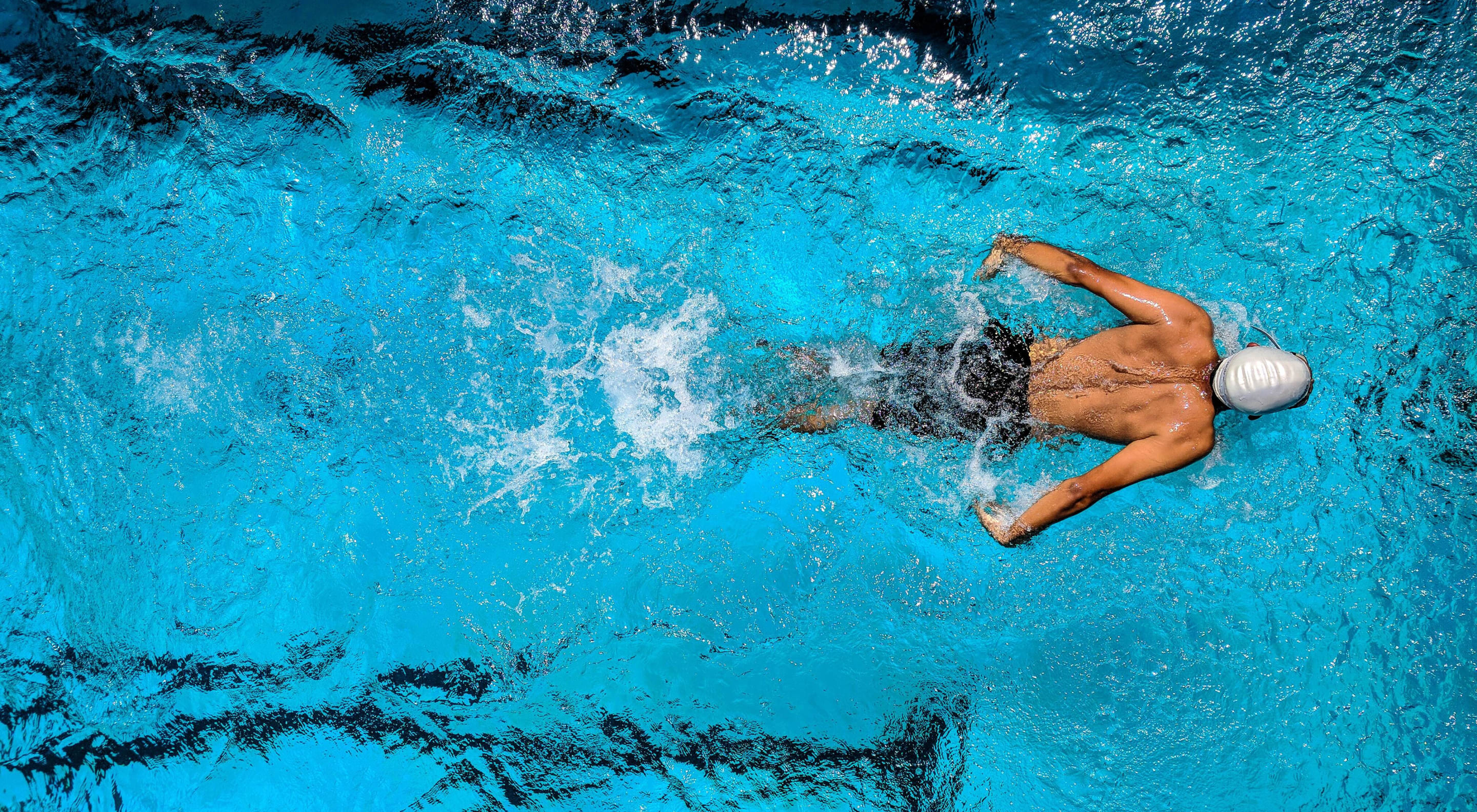
How to prevent muscle soreness?
Tips to prevent muscle soreness at a glance
- Use the foam roller to actively prevent soreness before sport
- After exercise, slowly and carefully roll using the BLACKROLL
- Take a break or at most go for a light jog or brisk walk if you experience any pain. Gentler forms of exercise (including swimming) are good for improving blood circulation.
- Rest the affected areas in the event of severe pain
- Heat can disperse the pain (hot water bottle, cherry stone pillow) and promote blood circulation (bath/sauna)
- Rest the affected muscle groups
- Drink plenty of liquids to promote metabolism and detoxification
- Some people swear by magnesium, zinc and muscle-building proteins (amino acids)









